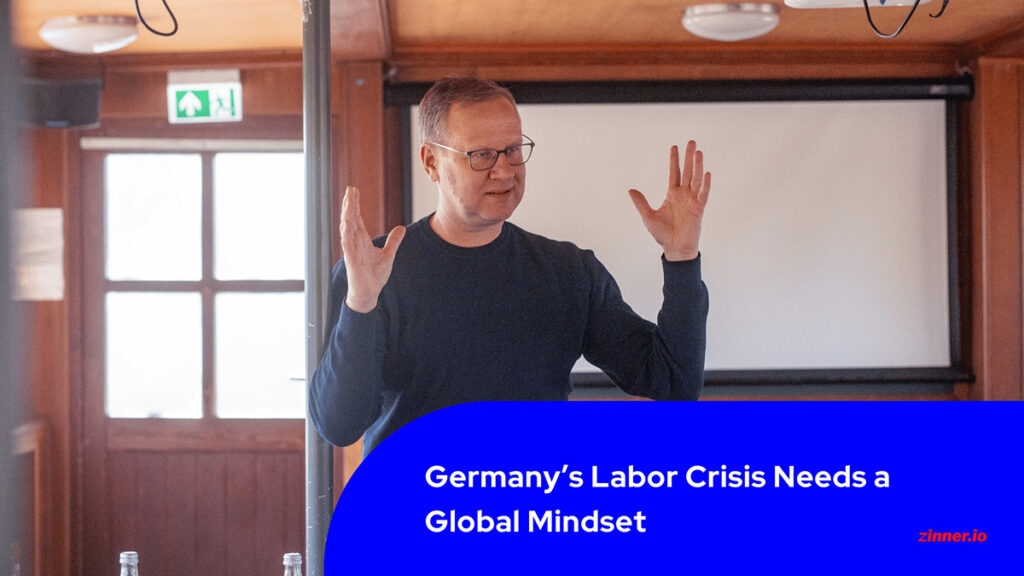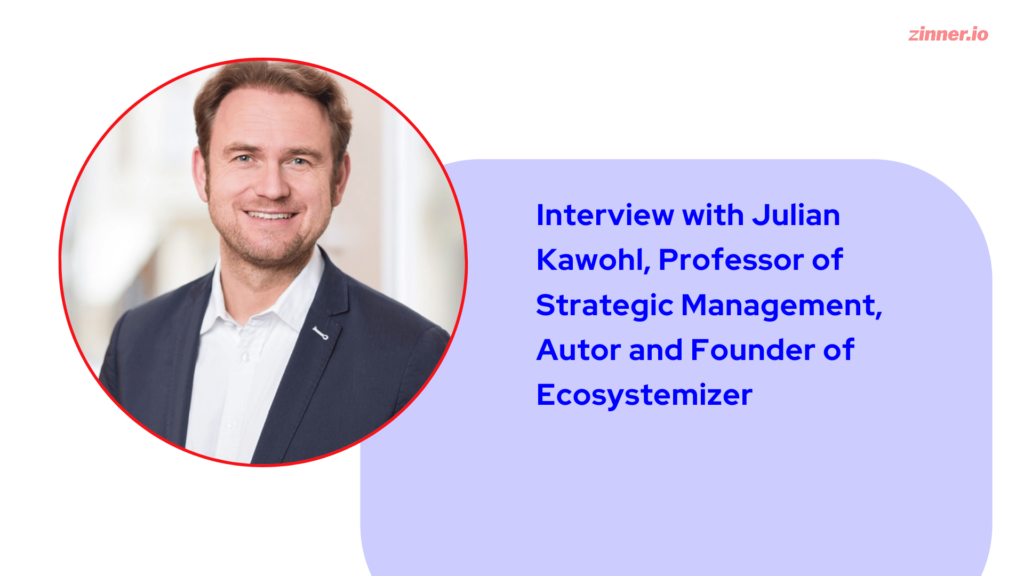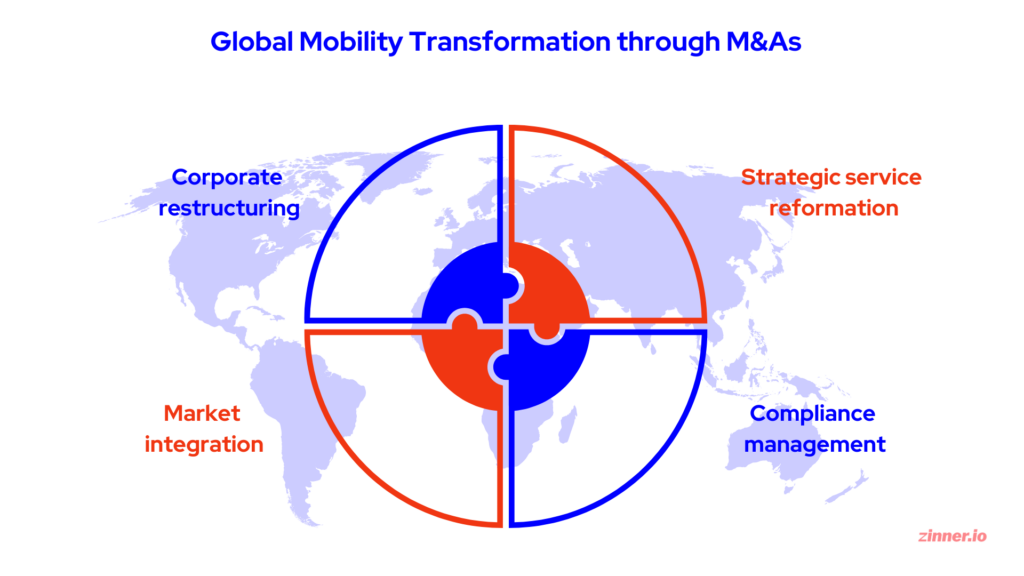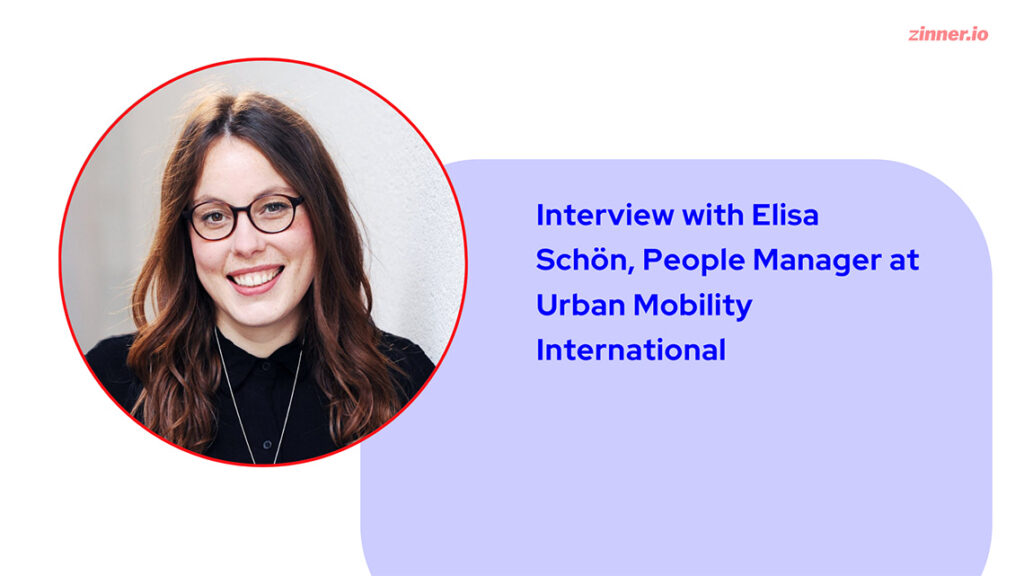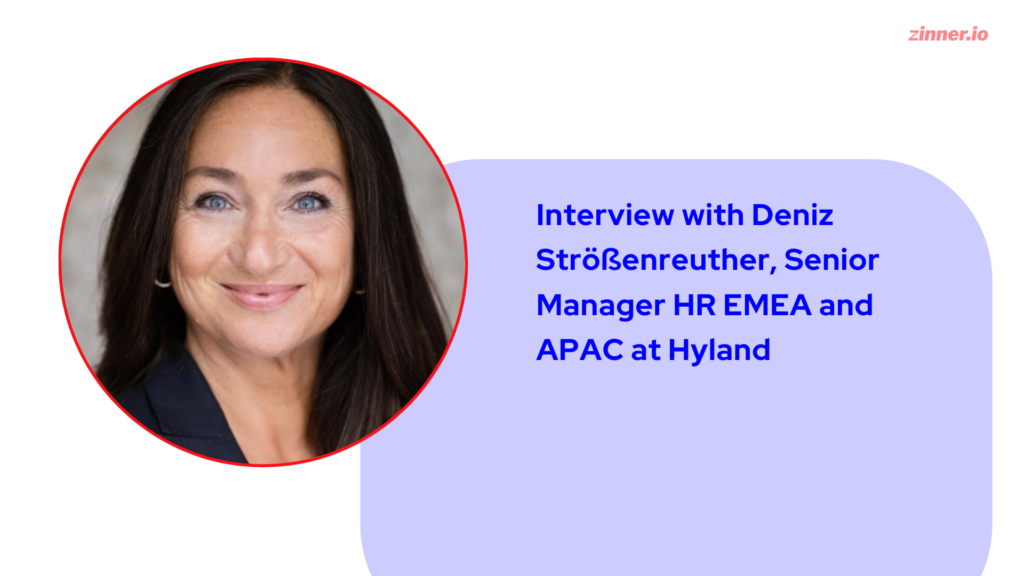Recognising the challenges associated with global relocations — like adjusting to new cultures, staying compliant with the law, and the emotional toll relocation has on employees and their families — is equally important. A strategic plan that aligns with your company’s goals and employee needs lays the groundwork for a successful relocation operation.
From Logistics to Vision: The Essential Difference Between Relocation and Global Mobility
Before we move on to the full roadmap for completing a relocation project, it’s crucial to understand the subtle differences between a relocation strategy and a global mobility strategy. While both are essential to the process, their scopes and objectives are vastly different, highlighting a broader strategic framework for global workforce management.
Relocation Strategy: Focused Execution
A relocation strategy focuses primarily on the logistical aspects of moving employees from one place to another. It’s about the “how” – ensuring the physical transition of an employee and their family is as smooth and efficient as possible. This method includes extensive market screening and preparation for housing, transportation, legal documentation and integration into the new location. Its success is measured by the ease of transition and the employee’s immediate satisfaction and productivity in their new environment. A relocation strategy is tactical and focuses on the operational excellence of completing a transfer.
Global Mobility Strategy: Strategic Vision
In contrast, a global mobility strategy embodies a broader vision. It goes beyond mere physical relocation to include the strategic integration of global talent mobility into the company’s overarching objectives. It’s about the “why” and the “what next” – not only using international relocations to fill immediate skills gaps, but also to cultivate a culturally diverse and globally savvy workforce that can drive long-term goals. This approach takes into account the career progression of the relocated employees, their developmental opportunities, and how these align with the strategic needs of the company. A global mobility strategy is comprehensive. It integrates talent management, succession planning, project delivery and global leadership development.
Synergising for Success
Understanding the difference between these strategies is important for businesses looking to make the most of global talent. A relocation strategy is essential, but it’s just one part of a larger global mobility strategy. This broader strategy not only ensures employees relocate effectively but also that these moves help the company grow strategically and compete globally.
While a relocation strategy focuses on making moves happen, a global mobility strategy ensures those moves align with the broader business objectives. It needs a forward-thinking approach that sees employee mobility as more than just a task to do. Instead employee mobility should be viewed as a strategic asset that can contribute to an organization’s agility, diversity and innovation.
By integrating these strategies effectively, companies can make sure their global mobility programmes work smoothly and have a strategic impact on business. This dual focus is essential today. The ability to attract, develop and retain a diverse and skilled workforce can significantly influence an organisation’s success.
Crafting a Comprehensive Company Relocation Programme
A clear and comprehensive relocation policy is essential for any successful relocation project. This policy should outline the eligibility criteria, plus what benefits and help are available to those moving. It should also provide information on how to start and handle the relocation process. It’s important to be open and fair to ensure all employees understand what to expect and what is expected of them.
When drafting the policy, think about all components of the relocation package. This includes assistance with housing, travel costs, language training and cultural orientation sessions. It’s also important to think about support for spouses or partners, as well as schooling for children and any other help that can make the move easier for employees and their families.
1. Provider Selection: Partnering with the Right Experts
Selecting the right service providers is crucial for a successful relocation. From moving companies to immigration lawyers, the quality and reliability of your service providers can have a significant impact on your employees’ relocation experience. It’s vital to conduct thorough research and seek recommendations to find providers who offer competitive pricing and understand the unique challenges of employee mobility.
When assessing potential providers, there are three main things to consider: their experience with international relocations, their connections in your target area and their ability to tailor solutions to your needs. Building strong partnerships with your providers ensures your employees get the best support throughout their relocation journey.
2. Preparing for Legal and Compliance Challenges
Dealing with the legal and compliance aspects of international relocation can be a challenge for HR professionals. Each country has its own rules on immigration, taxes and working that you must follow closely to avoid expensive problems and delays. It’s vital to have a solid grasp of these rules and requirements. Alternatively, you should work closely with legal experts who can guide you through the process.
Proactive planning is key to managing compliance risks. This means getting the right visas and work permits early, understanding the tax implications of relocation for your company and employees, and ensuring employment contracts are in line with local laws. Keeping your team informed and trained on international compliance issues can also help them stay on top of any changes in legislation.
3. Supporting Employee Well-being and Integration
The success of a relocation is determined by how well employees adjust and remain productive in their work roles. Supporting their well-being and integration is crucial in any global mobility plan. This support can take many forms. From pre-departure orientation to prepare employees for cultural and professional differences, or ongoing support programs to aid them and their families in settling into their new community.
Consider setting up a mentorship or buddy system to pair relocating employees with local colleagues. The locals can provide practical advice and emotional support during initial integration. Additionally, providing access to counselling services can help employees and their families navigate the challenges of adapting to a new country and culture.
4. Effective Communication Throughout the Relocation Process
Clear communication is crucial during the whole relocation process. From announcing the opportunity to post-move follow-ups, keeping all stakeholders informed and involved helps manage expectations and deal with any concerns. This includes the employees moving, their managers, other team members and relevant departments.
Develop a communication plan that outlines the channels and frequency of updates to be shared. Make sure there’s a designated contact for employees to reach out to with questions or issues. Regular feedback sessions can also provide valuable insights and help improve the relocation process.
5. Leveraging Technology for Efficient Relocation Management
Technology is crucial in modern relocation management. It offers tools to make the process and experience smoother for both employees and HR teams. Relocation management software helps track each move, manage documents and compliance requirements, and provide employees with access to resources and support services.
Additionally, digital platforms make communication and collaboration easier among everyone involved, from service providers to internal stakeholders. Investing in the right technology can improve your global mobility program and make it more efficient.
6. Evaluating the Impact of Your Relocation Programme
Your work doesn’t end once the moving is over and the boxes are unpacked. It’s important to evaluate the impact of your relocation project, understand its effectiveness and identify opportunities for improvement. This involves getting feedback from employees, assessing their performance and integration into their new roles, and measuring the return on investment of the relocation programme.
One key part of the evaluation process is looking at how tasks and responsibilities were split among team members and service providers. Analyzing how each task was executed helps pinpoint areas for improvement or where more support might be necessary in the future. Understanding the effectiveness of the task split also helps you allocate resources better and plan better for future relocations.
Furthermore, it’s vital to examine contractual documentation, particularly the Statement of Work (SOW). This document lays out specific services, timelines, and deliverables expected from everyone involved. Assessing whether everyone stuck to these agreements provides insights into how reliable and effective your service providers are. It also helps identify discrepancies between expected and delivered services, providing a basis for future contract negotiations.
To further enhance the evaluation of your relocation programme, integrating Key Performance Indicators (KPIs) and Service Level Agreements (SLAs) into your framework can significantly bolster the collaboration and performance of your relocation and immigration provider. Below I explain why they are essential.
Key Performance Indicators (KPIs):
KPIs are quantifiable measures that are used to gauge the performance of your relocation programme over time. By setting specific KPIs, you can objectively assess the effectiveness of your relocation and immigration providers. These indicators might include metrics such as employee satisfaction rates, on-time relocation completion percentage, cost per relocation, and the percentage of successful integrations into new roles. KPIs offer several benefits:
- Objective Measurement: They provide a clear and objective way to measure success and identify areas for improvement.
- Performance Tracking: KPIs enable you to track the performance of your service providers over time, ensuring they meet the agreed-upon standards.
- Decision Making: With concrete data, you can make informed decisions about continuing partnerships or needing to seek providers who better align with your objectives.
Service Level Agreements (SLAs):
SLAs are formal agreements between your organization and the relocation and immigration providers that specify the expected level of service. They outline the standards for service quality, availability, responsibilities, and timelines that the provider must meet. Including SLAs in your evaluation process is crucial for several reasons:
- Clear Expectations: SLAs establish clear expectations for both parties, reducing misunderstandings and ensuring that all participants are on the same page regarding deliverables.
- Accountability: By setting predefined standards, SLAs hold providers accountable for their performance, encouraging them to meet or exceed these benchmarks.
- Resolution Pathway: SLAs typically include provisions for dealing with service level breaches, offering a clear pathway to resolution should the provider fail to meet the agreed-upon standards.
KPIs and SLAs are not just tools for measurement and agreement; they are essential components that drive the success of your relocation programme. They ensure that service providers are aligned with your goals, performing efficiently, and contributing to the overall satisfaction and success of the relocated employees.
Use this evaluation process to refine your relocation policies, improve provider partnerships and strengthen the support you offer to employees. Continuously analysing task distribution and contractual documentation is essential to maintaining a competitive and effective global mobility programme. This ongoing process helps you plan better for the future but also keeps your organisation agile and responsive to the changing needs of its global workforce.
Looking Ahead: The Future of Employee Mobility
As the business world becomes more borderless, the importance of employee mobility for business success will continue to grow. Staying ahead of trends like remote and hybrid setups, will require HR professionals to be flexible, innovative and forward-thinking in their approach to relocation.
Embrace the opportunities that global mobility presents for your organization and employees. By implementing best practices and focusing on the human side of relocation, you can create a program that meets business needs and enhances employee lives.
Relocation projects are complex but provide rewarding effects that can significantly impact your company’s ability to attract and retain talent on a global scale. By following the steps in this guide, you will create a relocation process that supports your employees’ transitions and boosts your global workforce strategy’s success.
Author: Daniel Zinner
International HR expert, entrepreneur, and communications consultant. His expertise lies in HR, strategy, digitalisation and transformation strategy.


